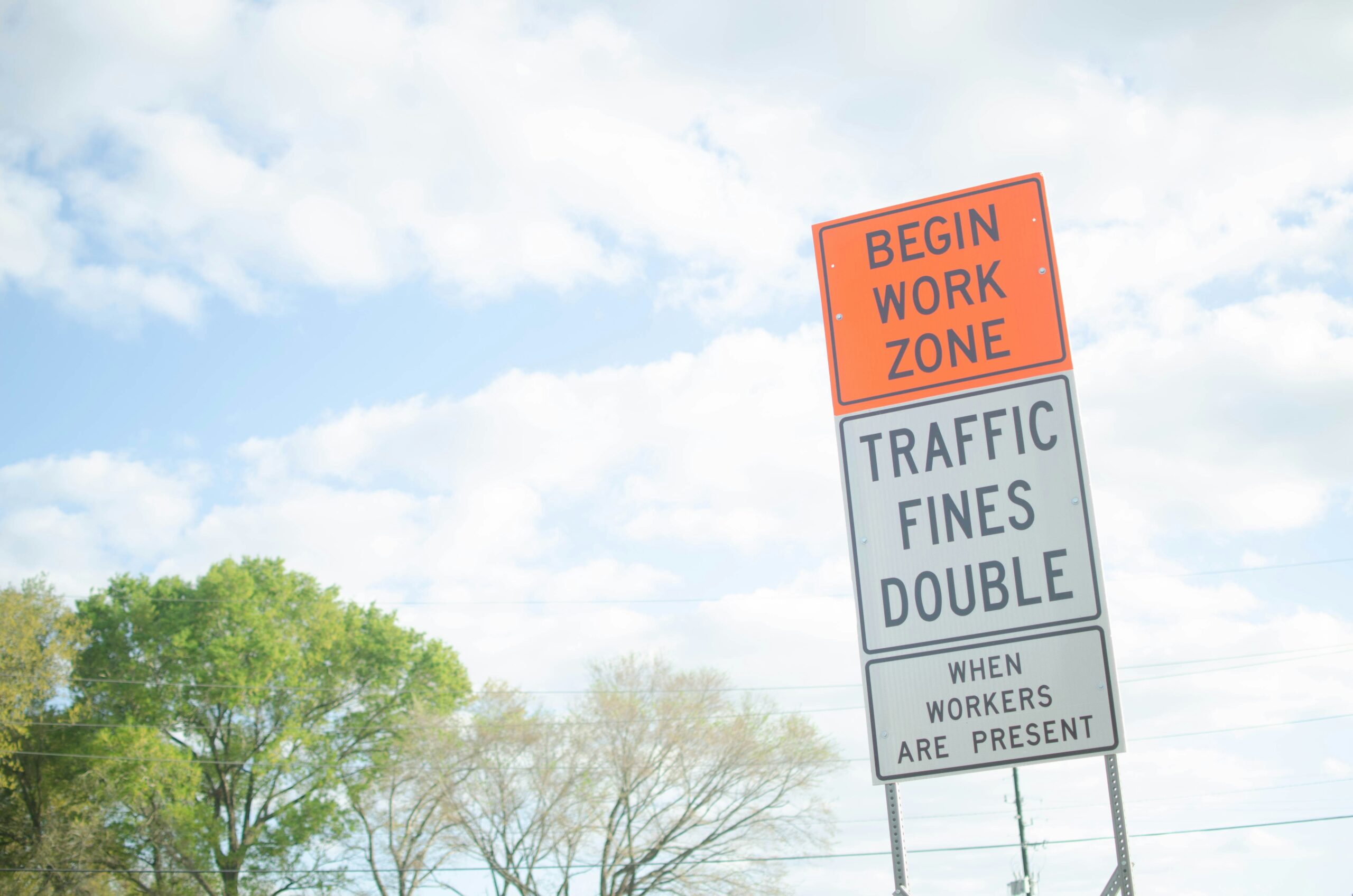Introduction
With so many advertising platforms available, small businesses often struggle to choose the right channels for paid traffic. Some promise fast results, while others require time to optimize. The key is finding the channel that matches your goals, budget, and target audience. In this article, we’ll explore the top paid traffic sources for small businesses in 2025 and how to make each one work for you.
1. Google Ads – The King of Intent
Why it’s effective: Google Ads lets you reach people who are actively searching for products or services like yours. These users have high intent, which leads to better conversion rates.
Best for:
- Local services
- E-commerce
- Professional services
- B2B solutions
Key features:
- Text ads in search results
- Display banners across websites
- Shopping ads with product images and prices
- YouTube video ads
Pro tip: Use location targeting and call extensions if you’re a local business.
2. Meta Ads – Facebook and Instagram Combined
Why it’s effective: With over 3 billion monthly active users, Meta Ads (Facebook + Instagram) offers unmatched reach and targeting. You can reach users based on interests, behaviors, job titles, and more.
Best for:
- Online stores
- Coaches and consultants
- Mobile apps
- Events and webinars
Strengths:
- Visual ad formats (image, video, carousel, stories)
- Lookalike audiences
- Retargeting with Meta Pixel
Watch out for: Rising CPMs. You’ll need strong creatives and constant testing.
3. TikTok Ads – Viral Reach with Personality
Why it’s effective: TikTok’s algorithm favors engaging content and allows small businesses to go viral. TikTok Ads also offer precise targeting and short-form storytelling that feels organic.
Best for:
- Trend-driven products
- Beauty and fashion
- Fitness and wellness
- Digital creators
Formats:
- In-feed video ads
- Top-view (prime placement)
- Branded effects and hashtag challenges
Tip: TikTok users hate traditional ads — make your ad feel like a post, not a pitch.
4. YouTube Ads – Long-Form Attention at Scale
Why it’s effective: Owned by Google, YouTube is the second-largest search engine. It allows you to show your message before, during, or after videos your audience watches.
Best for:
- High-ticket offers
- Courses and coaching
- Product launches
- Brand building
Ad formats:
- Skippable in-stream
- Non-skippable
- Bumper ads (6 seconds)
- Discovery ads
Strategy: Hook viewers in the first 5 seconds. Use testimonials and demos to build trust.
5. Pinterest Ads – Intent Meets Inspiration
Why it’s effective: Pinterest users browse with purchase intent — especially for home, beauty, fashion, and DIY categories.
Best for:
- E-commerce
- Wedding and party planning
- Interior design
- Digital products (printables, planners)
Highlights:
- Visual-first platform
- Evergreen content (pins live longer)
- Shopping integration
Tip: Use vertical images with text overlays for higher engagement.
6. Microsoft Ads – Underrated and Profitable
Why it’s effective: Formerly Bing Ads, Microsoft Ads appear on Bing, Yahoo, and AOL. Less competition = cheaper clicks.
Best for:
- B2B
- Senior audiences
- Financial and legal services
Strengths:
- Similar interface to Google Ads
- Easy import from Google campaigns
- High desktop usage
Bonus: Often overlooked, which makes it cost-efficient for advertisers.
7. Reddit Ads – Community-Driven Targeting
Why it’s effective: Reddit has millions of niche communities (subreddits) where people discuss everything — from startups to parenting to cryptocurrency.
Best for:
- SaaS startups
- Gaming and tech
- Niche audiences
Ad types:
- Promoted posts
- Video ads
- Display banners
Caution: Reddit users are skeptical. Keep ads honest, helpful, and community-driven.
8. Twitter/X Ads – Real-Time Reach
Why it’s effective: X (formerly Twitter) is perfect for trending topics, real-time conversations, and brand awareness.
Best for:
- News media
- Thought leadership
- Political campaigns
- Event promotion
Ad options:
- Promoted tweets
- Followers campaigns
- Trend takeovers
Tip: Combine organic engagement with ads for credibility.
9. LinkedIn Ads – Precision for Professionals
Why it’s effective: LinkedIn allows targeting by job title, company size, industry, skills, and more.
Best for:
- B2B companies
- High-ticket services
- SaaS platforms
- Recruiting
Formats:
- Sponsored content
- Message ads
- Lead gen forms
- InMail
Downside: CPCs are higher — but so is conversion quality.
10. Native Ads – Blending with Content
Why it’s effective: Native ads appear as recommended content on blogs and news sites, increasing credibility and visibility.
Platforms:
- Taboola
- Outbrain
- Revcontent
Best for:
- Affiliate offers
- Lead generation
- Content marketing funnels
Tip: Use curiosity-driven headlines and soft sells. Don’t push the product too hard.
How to Choose the Right Channel for Your Business
Ask yourself:
- Where does your audience spend time?
- What’s your goal — awareness, leads, or sales?
- What format works best — search, video, image, conversation?
- What’s your budget and ability to test?
Start with one or two platforms, validate your funnel, then scale.
Conclusion: Focused Strategy Beats “Spray and Pray”
In 2025, you don’t need to be everywhere — just where your audience is. Focused, intentional use of the right paid traffic channels will save you money and drive better results.
The best channel is the one where your message fits naturally and reaches people ready to engage.



